The HSE’s Official Stance on Slip Resistance: What UK Businesses Need to Know
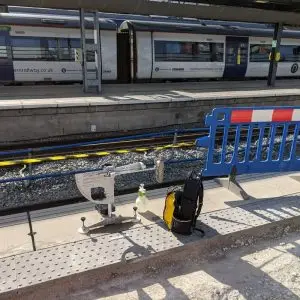
Slip accidents are one of the most preventable causes of workplace injuries, yet they remain among the most common across the UK. The Health and Safety Executive places heavy emphasis on measurable slip resistance, and any business operating a public or employee-accessible space must understand exactly what the HSE expects. This guide breaks the topic […]
Slip Testing Service: Detailed Q&A Guide

Questions and answers about Slip Testing Service Which specific international or national standard (ASTM E303, ANSI A326.3, BS EN 16165, AS/NZS 4586) will be used for testing, and why is that standard appropriate for my type of flooring and environment? The chosen standard depends on the material, setting, and regulatory requirements. BS EN 16165 is […]
UK Anti-Slip Floor Safety Regulators
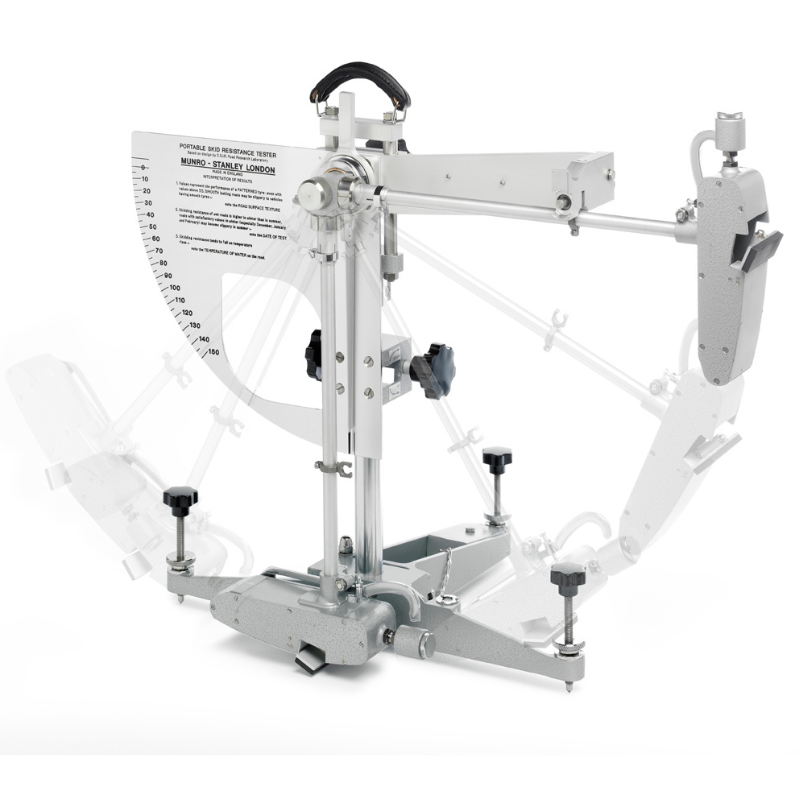
Floor safety is a vital aspect of public health and workplace safety. In the UK, anti-slip regulations are designed to minimize accidents caused by wet or slippery surfaces. These laws ensure that businesses, public facilities, and manufacturers maintain safe flooring conditions for everyone. The Importance of Slip Resistance Slips, trips, and falls are among the […]
UK Anti-Slip Floor Safety Standards
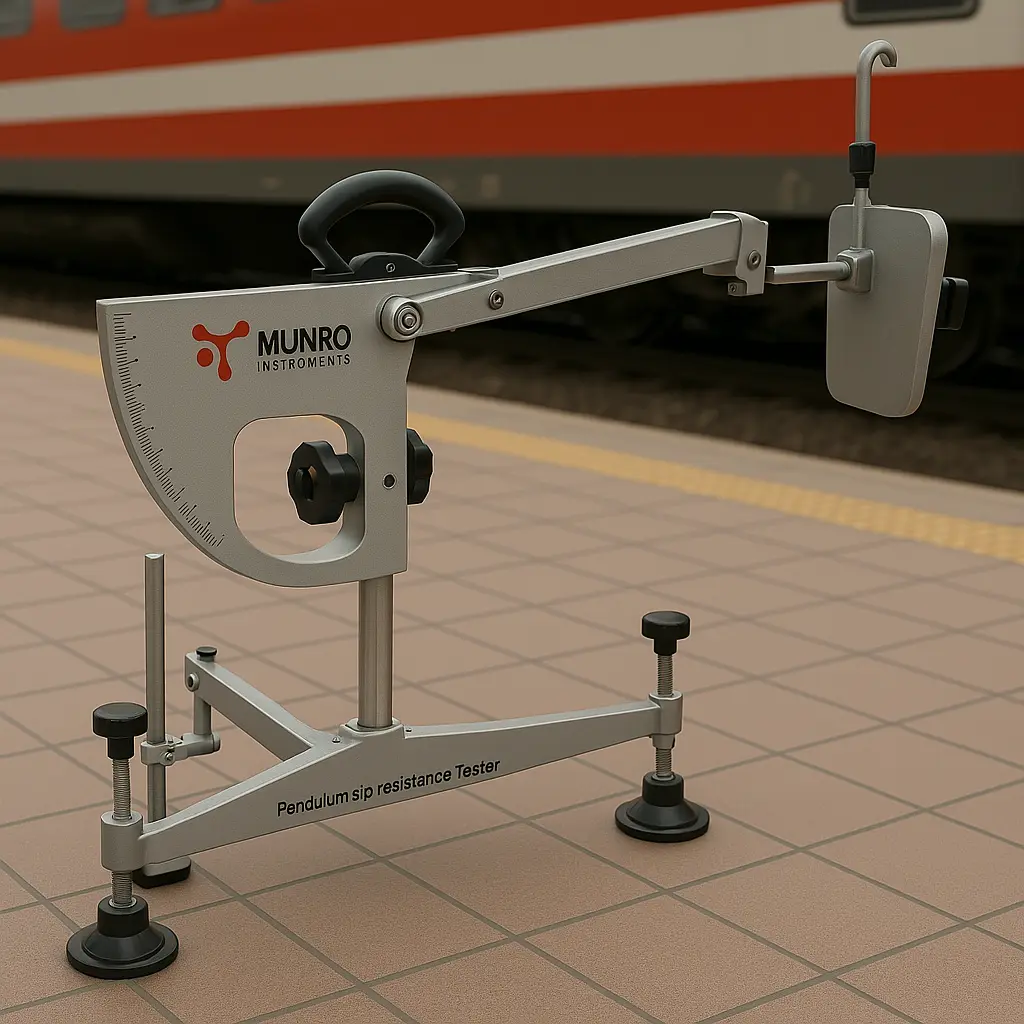
Slip accidents are one of the most common causes of workplace injuries across the United Kingdom. From supermarkets and schools to factories and hospitals, maintaining anti-slip flooring isn’t just about safety—it’s a legal obligation. The UK has a structured framework of standards that ensures public and employee safety through reliable testing, certification, and maintenance. Why […]
What Is a ‘Safe’ Floor? Understanding UK Slip Resistance Standards
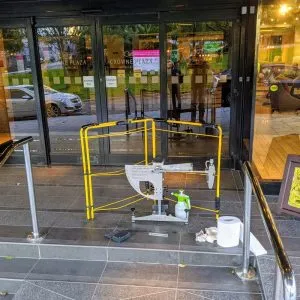
Slip resistance prevents accidents that can cause serious injuries. Unsafe floors expose businesses to costly legal claims and reputational damage. By ensuring compliance, companies protect both employees and customers. Defining a ‘Safe’ Floor A “safe” floor is one that offers adequate grip under expected conditions. This means people can walk safely without unnecessary risk, even […]
Public Liability Claims for Slips, Trips, and Falls: Your UK Guide
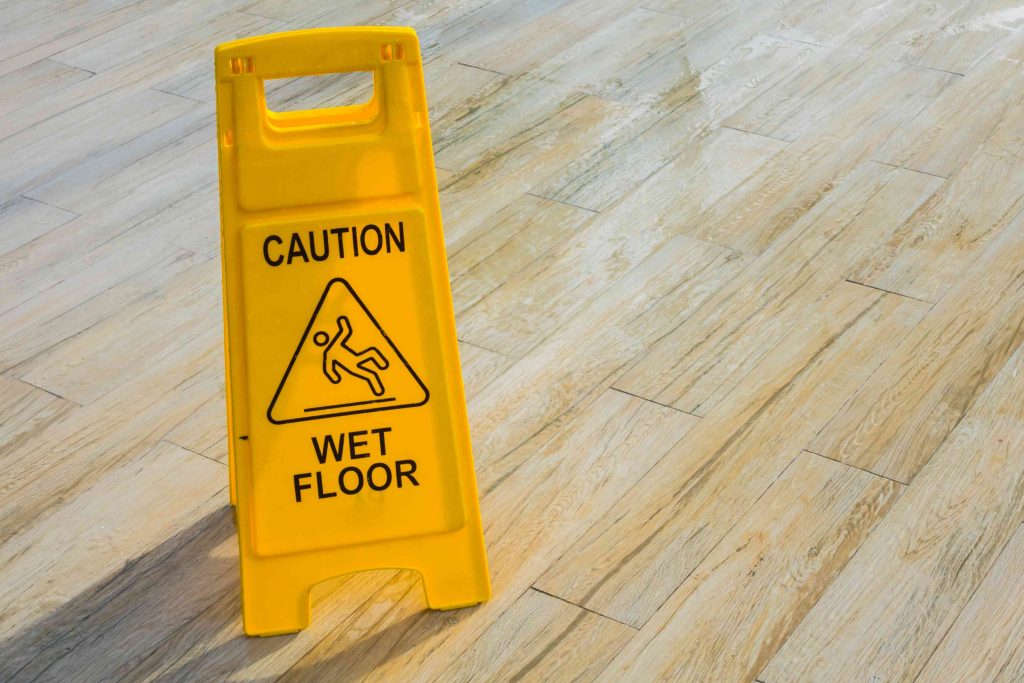
Slips, trips, and falls are some of the most common accidents in the UK, causing thousands of injuries every year. Whether it’s a slippery supermarket floor, an uneven pavement, or a poorly lit stairwell, these incidents can leave you dealing with painful injuries, medical expenses, and time off work. That’s where public liability claims come […]
Slips, Trips, and Falls at Work: What Are Your Employer’s Duties?
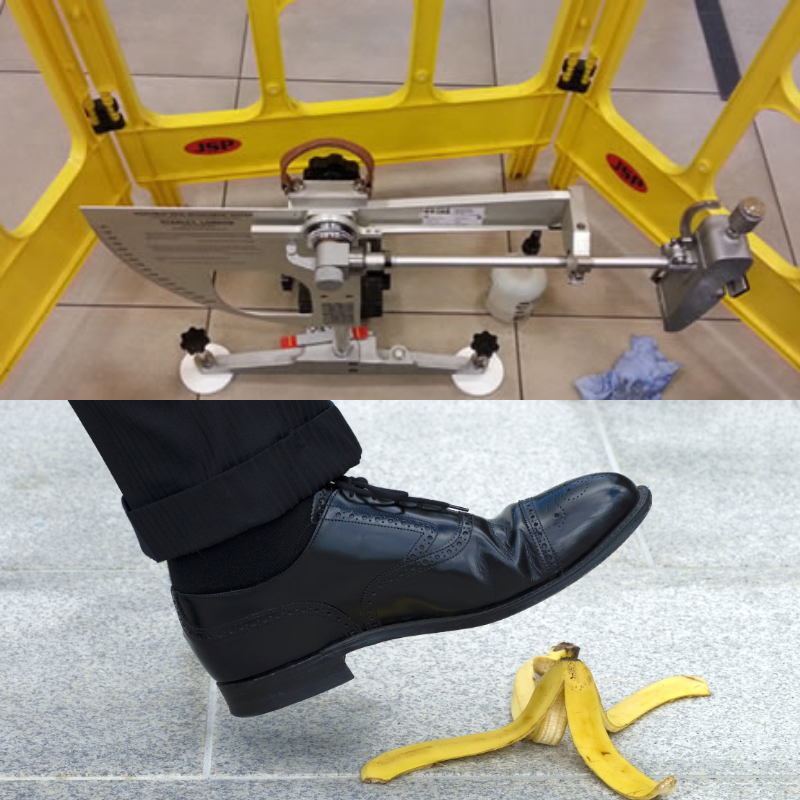
Slips, trips, and falls may sound minor compared to heavy machinery accidents or chemical exposures, but statistics tell a different story. They account for a significant percentage of workplace injuries worldwide, leading to lost working days, compensation claims, and—at times—life-changing consequences. Employers carry a legal and moral duty to safeguard their staff from such risks. […]
Why Is a Slip Test Important for Commercial Properties in the UK?
In a busy UK commercial environment—retail, hospitality, offices, healthcare—slips are one of the most common causes of injury. A single incident can mean staff absence, customer claims, reputational harm, and regulatory headaches. That’s why regular, competent slip testing isn’t a “nice to have”; it’s a core risk-management control that proves your surface is safe in […]
What are the Specific Requirements and Conditions for Preparing a Floor Surface Before Conducting a Pendulum Slip Test?
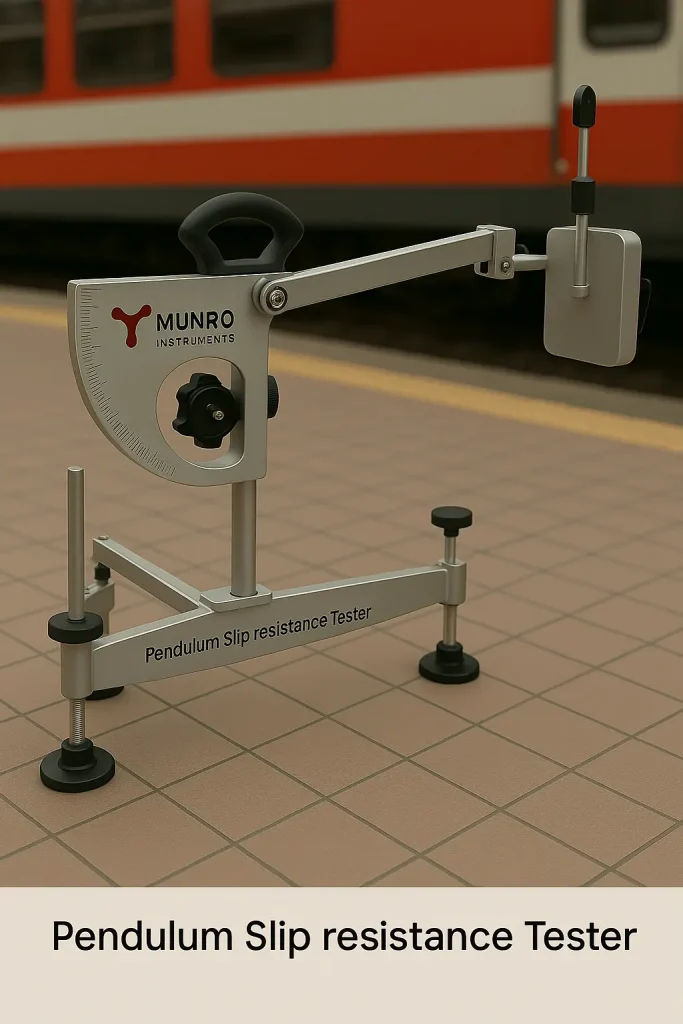
Slip resistance is a crucial factor in ensuring safety in workplaces, public areas, and homes. To measure this effectively, professionals rely on the pendulum slip test, a method recognized worldwide. But here’s the catch—if the floor isn’t properly prepared, the results can be misleading. Imagine checking your car’s brakes without clearing the mud from the […]
How Does a Pendulum Slip Tester Work, and What Are the Key Components of the Equipment Used for a BS 7976-2 Test?
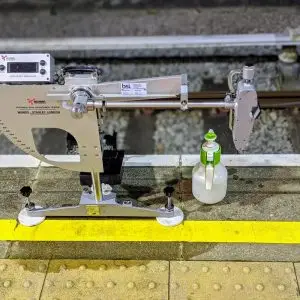
A pendulum slip tester is a device designed to measure the friction of walking surfaces. It works by swinging a weighted arm fitted with a rubber slider across the surface. The amount of resistance encountered translates into a slip resistance value. Originally developed by the UK Transport and Road Research Laboratory (TRL) in the 1950s […]

